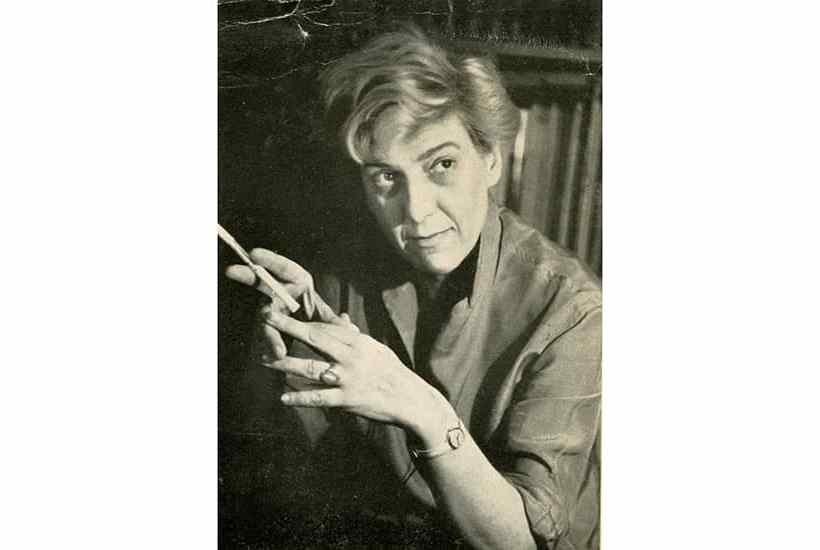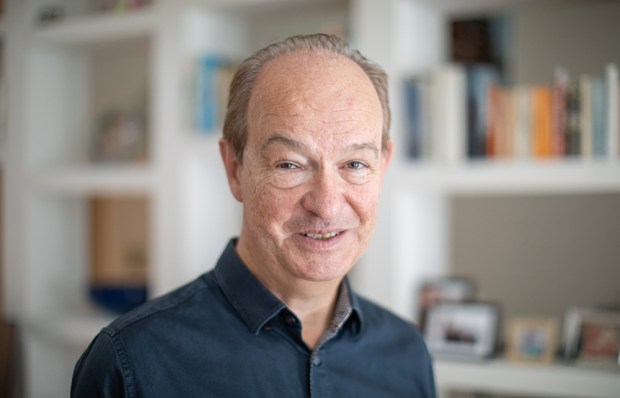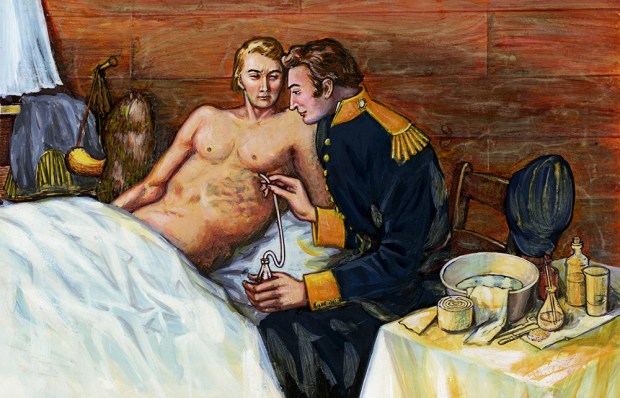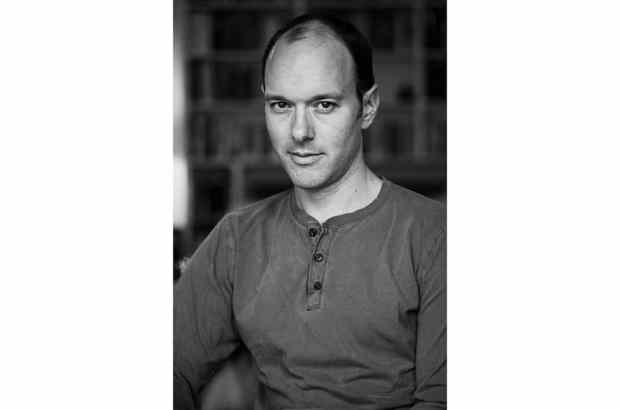Her name has faded, but the British author and editor Kay Dick once cut a striking figure. She lived in Hampstead with the novelist Kathleen Farrell for more than 20 years, among a mid-20th-century literary set that included Stevie Smith and Ivy Compton-Burnett. Her most acclaimed novel was The Shelf, the story of a lesbian affair which drew heavily on her own life and circle.
In 1977, she published They, a dystopian horror quite unlike her other work. It won the South-East Arts Literature Prize but soon went out of print, where it remained until a literary agent chanced on it in a charity shop. Reissued with an introduction by Carmen Maria Machado, another master of the uncanny, They makes its second entrance, into a world that has caught up.
Its subtitle ‘A Sequence of Unease’ aptly expresses its form, which resembles interlinked stories, or a ‘fix-up novel’. They envisions an England at once familiar and foreign, in the grip of a philistine movement which persecutes art and nonconformity. Details emerge incrementally, so our uncertainty mirrors that of the characters: who exactly are ‘they’?
Are they manning the Orwellian ‘investigation centre’ and ‘compulsory radio programmes’, or are they nearer home —the kitten-maiming children and thuggish ‘sightseers’ sustained by schadenfreude? In fact, they’re everywhere: an inexorable mob, terrifying in its lack of governing intelligence. Although they can’t destroy nature, they can restrict access to it. Therefore, gardening and walking become acts of resistance, and Dick’s lush, transcendent nature writing contrasts with her spare, elliptical dialogue.
She was 62 and reputedly curmudgeonly when she published the novel, a cri de coeur against urbanisation, technology and youth culture: ‘Passing through industrial cities I sweated, oppressed by the closed windows of tower block apartments… I could not endure the 90 dB intensity of pop music.’ There’s an implicit superiority: if ‘we’ are Dick and her arty mates, ‘they’ are the compliant masses, glued to their televisions.
Each chapter features a new, seemingly interchangeable cast of artists, whose relationships with the ‘unnamed, ungendered’ narrator are indistinct; what matters is the different ways they cope in extremis. For They is a study of fear. Its disconcerting power lies in its dream logic and elisions — the unexplained background, the offstage violence. Exploring the purpose of art and the psychology of peer surveillance (shades of lockdown), it begs the question: if ‘the other’ is subjective, aren’t ‘we’ also ‘they’?
Got something to add? Join the discussion and comment below.
Get 10 issues for just $10
Subscribe to The Spectator Australia today for the next 10 magazine issues, plus full online access, for just $10.
You might disagree with half of it, but you’ll enjoy reading all of it. Try your first month for free, then just $2 a week for the remainder of your first year.














Comments
Don't miss out
Join the conversation with other Spectator Australia readers. Subscribe to leave a comment.
SUBSCRIBEAlready a subscriber? Log in